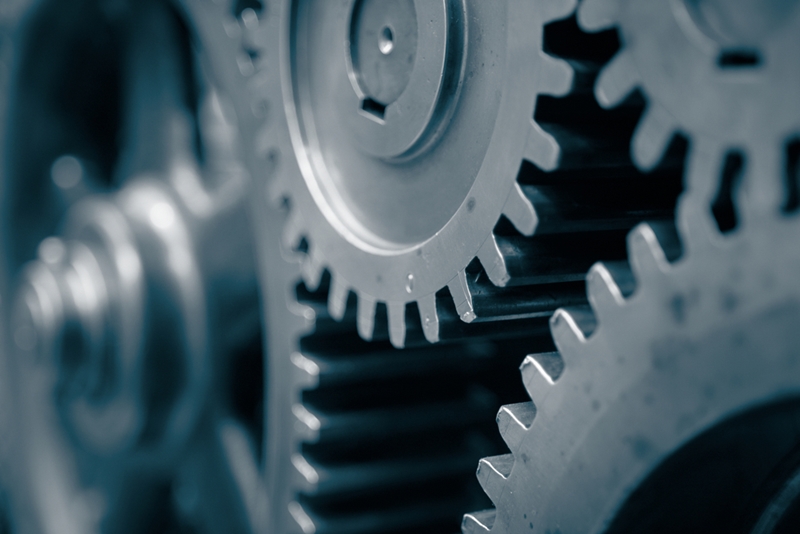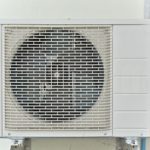Energy Power Systems Australia (EPSA) is the exclusive supplier of Cat® power equipment in Australia, supplying Cat® engines and generators throughout the country, PNG and the Solomon Islands. Given Australia’s stringent emissions regulations and demand for optimal power solutions, the company verifies the efficacy of their engines when commissioning them.
To measure emissions content and other factors, EPSA uses an array of Testo’s gas analysers. We had the opportunity to speak with David Etherington, EPSA’s Engineering Manager, about the company and how Testo’s instruments support the CAT dealer’s operations.
1. What does EPSA do and what is its affiliation with CAT?
“Power generation is probably EPSA’s biggest customer base.”
We’re a dealer for Caterpillar, and we sell Cat® engines and generators, as well as lease power equipment, temperature control and air compressor units in short term and long term hire arrangements.
2. Which industries use your machines?
We supply to the marine, industrial, electric, power, petroleum industries – you name it. We supply a variety of engines and generators to a wide range of industries, depending on market forces, the economy and customer demand. For example, the mining sector, the commercial marine industry, the pleasure craft market. Power generation is always in demand, especially in remote areas where regional cities or mines need power.
3. In which applications are your engines used?
The applications pretty much depends on the industry. We do work for banks, hospitals and financial institutions where critical power is required 24/7, even if the mains power fails.
Some of our generators serve as the basis of cogeneration plants, a preferred choice in hospitals and food processing plants where power can be harnessed to provide electricity, heating and or hot water.
4. How do you monitor and service the efficiency of these engines?
We actually partner with other Cat® dealers who service and support the equipment with monitoring and upkeep. EPSA not only sells Cat® power equipment, we offer the full turnkey solution; including design, engineering, installation and commissioning. This includes an analysis of engine efficiency. We do that by taking a set of readings from the engines themselves with Testo’s instruments.
For instance, we’ve used Testo’s exhaust gas analyser – the testo 335. We also have a multifunction measurement instrument that displays various inputs like pressure, temperature, airflow velocity, and other factors. We just plug the sensors into the pipes and move the instrument from one place to another.
 Industrial environments use engines to power operations.
Industrial environments use engines to power operations.As far as usage goes, it depends on a range of factors, actually, we now. use the tools more frequently now than they were in the past.
EPSA also implements a system that provides support through Cat® servicing dealer partner who service the equipment and even monitor remotely in real time when access may be limited.
5. What is the criteria you look at to make sure these engines are operating efficiently?
We normally look at nitrogen oxides (NOx) when commissioning gas engines. One of the benefits of this is that the gas engine can be tuned according to particular job specifications and to minimise greenhouse gas emissions. We usually tune gas engines with NOx settings, to optimise low emissions without excessive fuel consumption.
In contrast, diesel engines aren’t adjustable. When you procure and install them, you’re pretty much locked into factory settings. We primarily use Testo’s equipment for measuring other parameters that the engine itself cannot measure, or if we want to verify the engine’s measurements.
6. How have Testo’s instruments benefited your organisation?
In the past, they’ve been tremendously helpful. However, we’re shifting more towards Cat®’s instruments, simply because we specialise Cat® power equipment. That isn’t to say Testo’s instruments are unreliable, in fact we continue to use them today









 Reduce cooking oil costs while ensuring quality
Reduce cooking oil costs while ensuring quality Expert knowledge on CO2 monitoring
Expert knowledge on CO2 monitoring Refrigeration knowledge - in 3 modules
Refrigeration knowledge - in 3 modules



